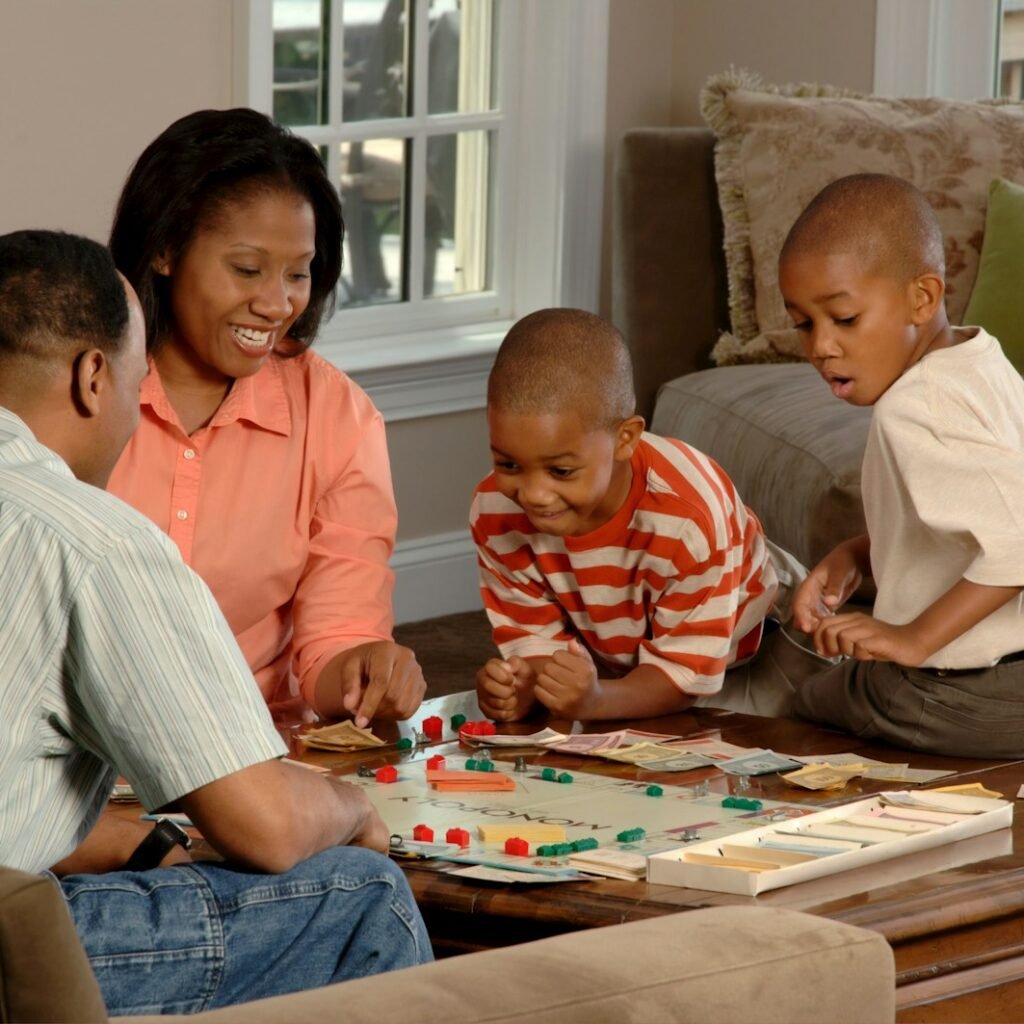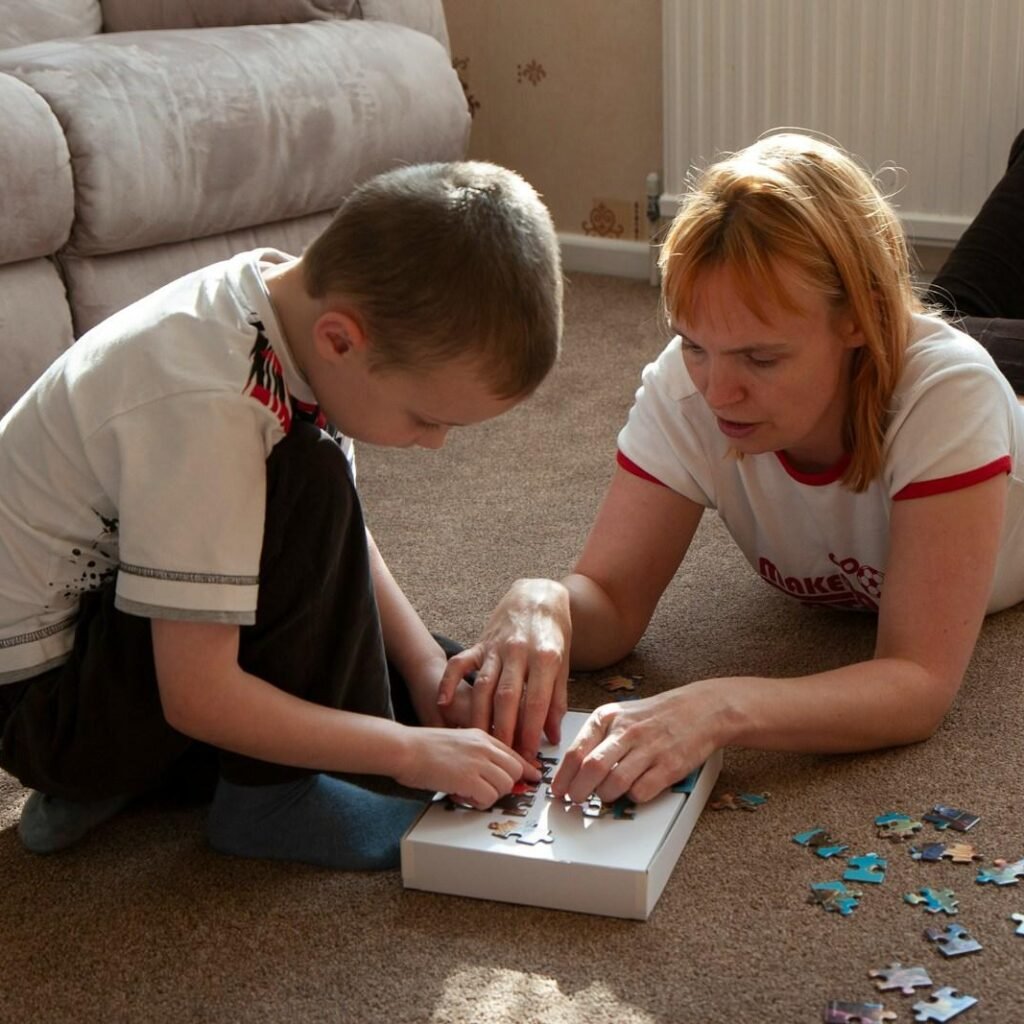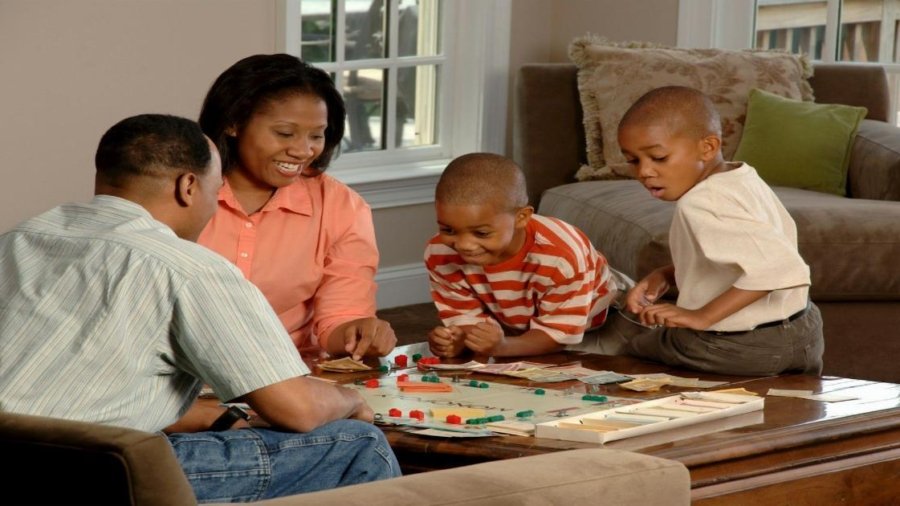In a world of packed schedules, digital distractions, and emotional distance, play is often the first thing families lose—and the last thing they realize they need. Yet, for children and parents alike, play is not simply fun. It is connection. It is repair. And it is healing.
For children who have experienced stress, confusion, or disconnection, healing rarely comes through lectures or correction. It comes when they feel safe, seen, and engaged. And for parents who feel guilt, frustration, or regret, healing begins with presence—not perfection.
Why Play Matters for Emotional Healing
Play is a child’s first language. Through it, they express feelings, solve problems, and explore the world around them. For children who struggle to articulate emotions—especially those recovering from trauma or disconnection—play provides a bridge between inner experience and outer expression.
According to the Association for Play Therapy, therapeutic play has been shown to reduce emotional distress, improve behavior, and strengthen the parent-child bond. Play offers children control, creativity, and safe exploration—all critical to emotional healing.
Parent-Child Play: More Than Fun
Research from Verywell Mind shows that even structured play models like filial therapy—where parents are taught how to conduct special play sessions—can lead to significant emotional growth in children and stronger, more attuned caregiving.
Parents do not need formal training to see the benefits. As long as the play is consistent, child-led, and emotionally safe, the bond begins to mend.

Signs That Play Is Needed
Children often show that they need reconnection through behavior rather than words. Here are some cues that healing play may be helpful:
- Irritability, withdrawal, or clinging
- Frequent tantrums or emotional outbursts
- Avoidance of eye contact or verbal communication
- Sudden disinterest in things they once enjoyed
- Difficulty separating or initiating affection
In our post Understanding Emotional Dysregulation in Children, we explore how these behaviors can be signs of unresolved emotional overwhelm, and how connection—not punishment—is often the most healing response.
Healing Play Activities for Reconnection
Below are a few parent-child play activities backed by research and therapeutic models that support emotional repair.
1. “Special Time” Sessions
Set aside 15–30 minutes where the child leads the play, and the parent follows with full attention. No corrections, no teaching—just connection.
2. Emotion Puppets or Doll Play
Use dolls or puppets to explore feelings and situations. Let the child narrate or act out stories they may not feel safe saying aloud.
3. Art-Based Play
Draw together, paint, or use modeling clay to represent feelings or family members. Creative expression builds safety and control.
4. Storytelling with Choices
Tell a story where the child makes decisions for the character. This encourages empowerment and shared imagination.
5. Role Reversal Games
Let your child “be the parent” in pretend play. This helps process authority, control, and trust dynamics in a light-hearted way.
As emphasized by Parents.com, play-based therapy tools are most effective when caregivers become co-regulators—mirroring emotional steadiness and offering safe engagement.

Tips for Emotionally Intelligent Play
Healing play requires more than toys. It requires attunement.
- Be present: Turn off your phone. Sit on the floor. Let your child see that this time matters.
- Follow their lead: Let them choose the game, the story, or the toy. Do not redirect unless safety is at risk.
- Name feelings gently: “That doll looks nervous. Do you think she is scared?” invites emotional literacy.
- Watch for themes: Repetitive stories or behaviors may reflect inner fears or experiences. Listen with curiosity, not alarm.
- End with warmth: Offer a hug, a smile, or words like “I loved this time with you.” Connection is the true goal.
In our guide Parenting With Childhood Trauma: Breaking the Cycle, we show how play helps break intergenerational patterns of disconnection and replaces them with moments of trust.
Play as a Pathway, Not a Solution
While play supports healing, it is not a one-time fix. It is a practice. A way of being present. A way of telling your child: “I see you. I enjoy you. I want to know your world.”
The VentureWorld study on play therapy underscores this beautifully: when caregivers make time to play with presence, children show improvements in resilience, empathy, and emotional flexibility.

Final Thoughts: Small Moments, Deep Healing
You do not need to be a perfect parent to begin the healing process. You only need to be a willing one. Through play, you invite laughter, trust, and storytelling. You create a new language for your relationship—one without judgment, one filled with possibility.
And sometimes, the simple act of sitting beside your child and playing their game is the deepest apology, the strongest bridge, and the most lasting form of love.



Add a Comment